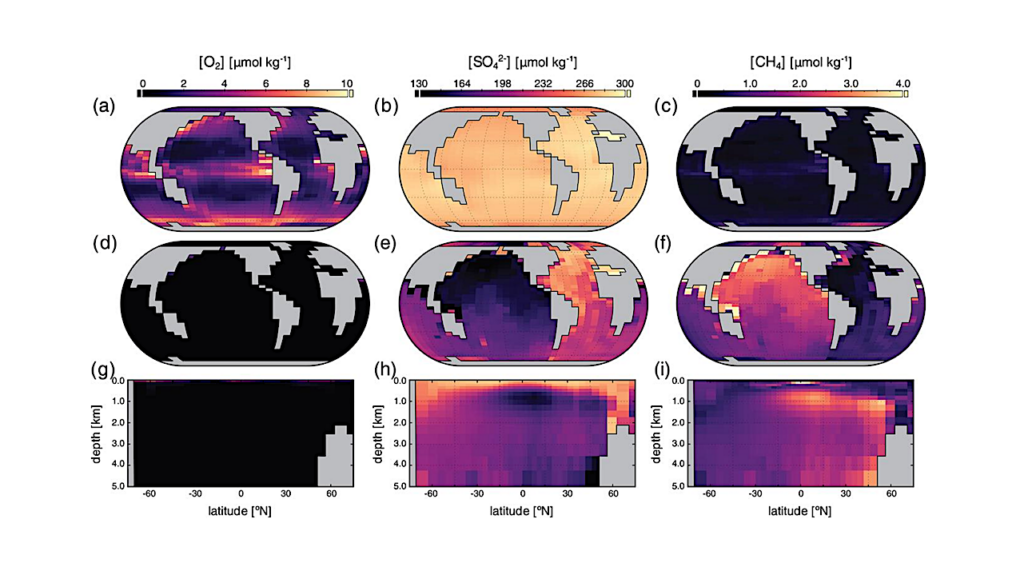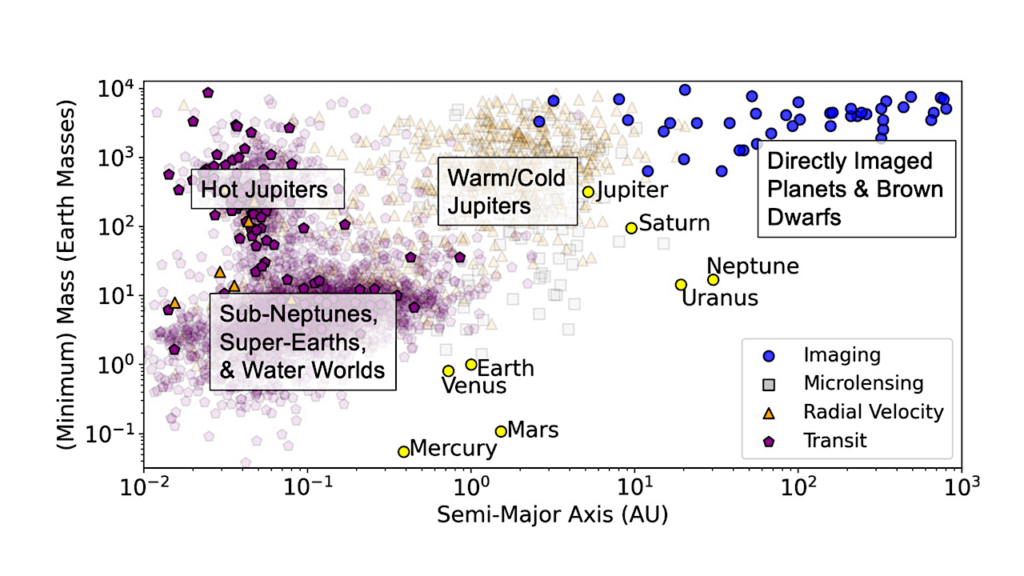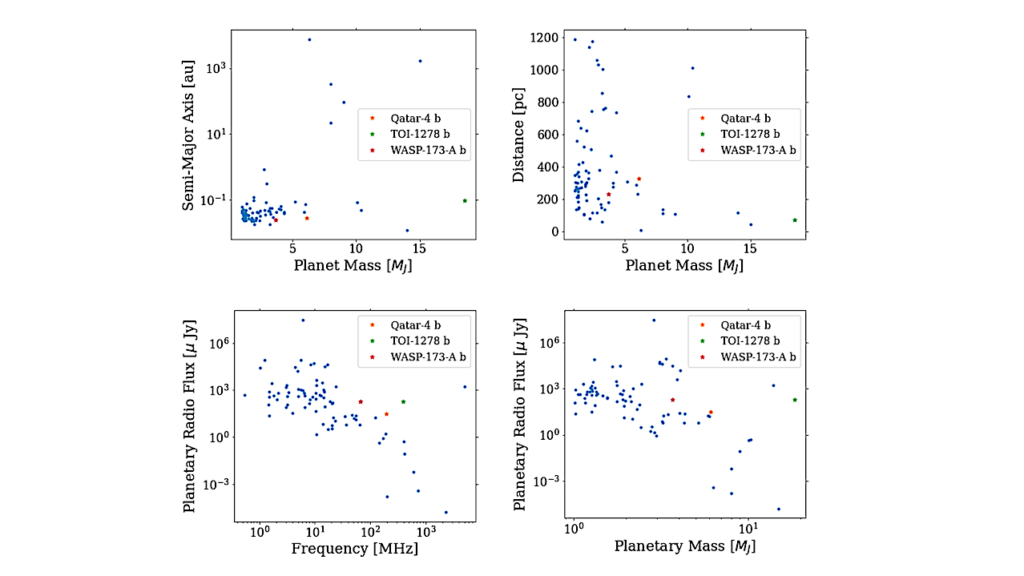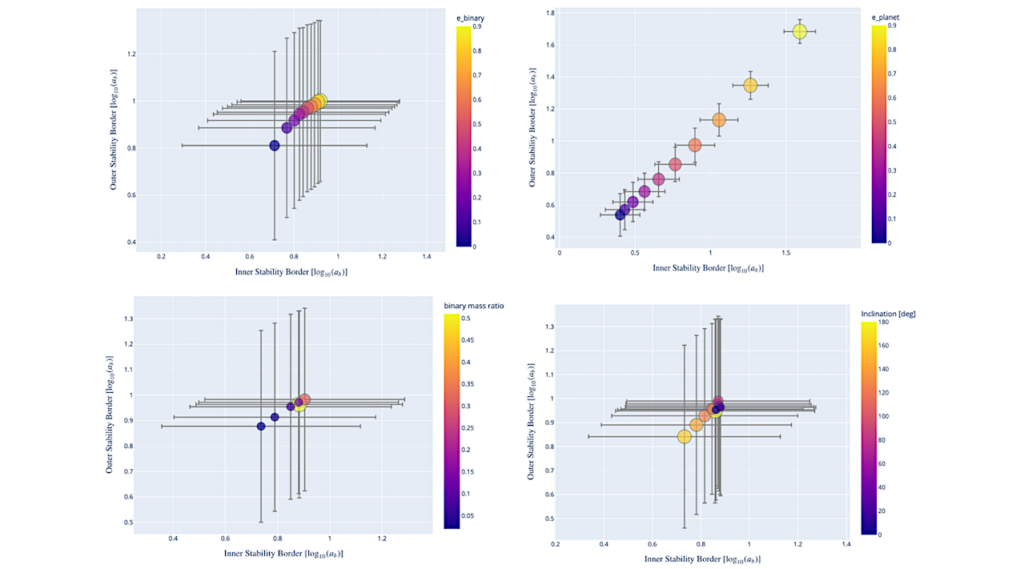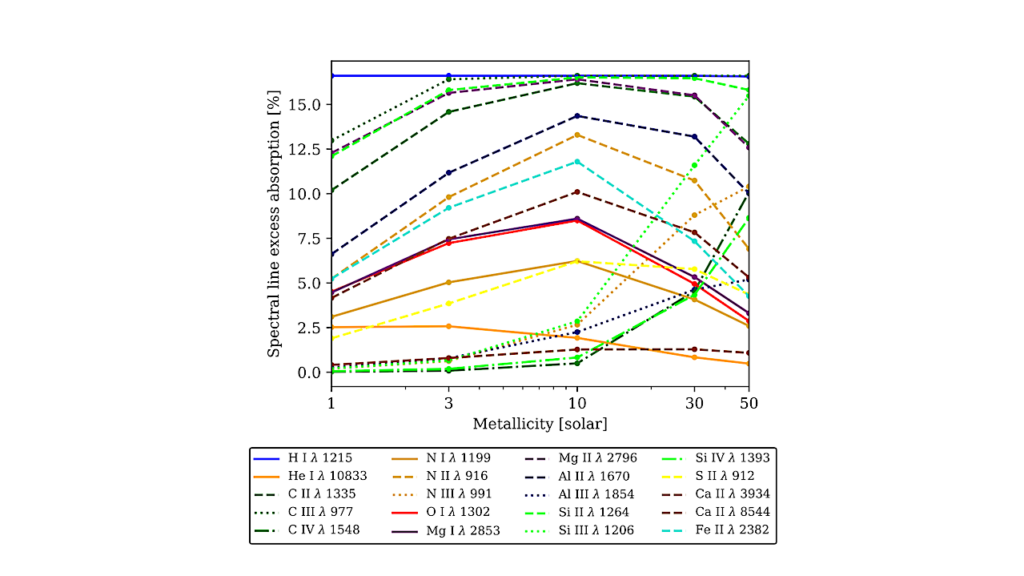A Distinct Population of Small Planets: Sub-Earths

There is a well-known gap in the sizes of small planets, between super-Earths and mini-Neptunes. This is explained by the envelope stripping of mini-Neptunes at short orbits.
Here, we report the presence of another gap at a smaller size (around one Earth radius). By focussing on planets orbiting around GK-dwarfs inward of 16 days, and correcting for observational completeness, we find that the number of super-Earths maximize around 1.4 Earth radii and disappear shortly below this size. Instead, a new population of planets (sub-Earths) appear to dominate at sizes below ~ 1 Earth radius. This pattern is also observed in ultra-short-period planets.
The end of super-Earths supports earlier claims that super-Earths and mini-Neptunes, planets that likely form in gaseous proto-planetary disks, have a narrow mass distribution. The sub-Earths, in contrast, can be described by a power-law mass distribution and may be explained by the theory of terrestrial planet formation. We therefore speculate that they are formed well after the gaseous disks have dissipated. The extension of these sub-Earths towards longer orbital periods, currently invisible, may be the true terrestrial analogues. This strongly motivates new searches.
Yansong Qian (Toronto), Yanqin Wu (Toronto)
Subjects: Earth and Planetary Astrophysics (astro-ph.EP)
Cite as: arXiv:2012.02273 [astro-ph.EP] (or arXiv:2012.02273v1 [astro-ph.EP] for this version)
Submission history
From: Yansong Qian
[v1] Thu, 3 Dec 2020 21:12:25 UTC (798 KB)
https://arxiv.org/abs/2012.02273
Astrobiology



